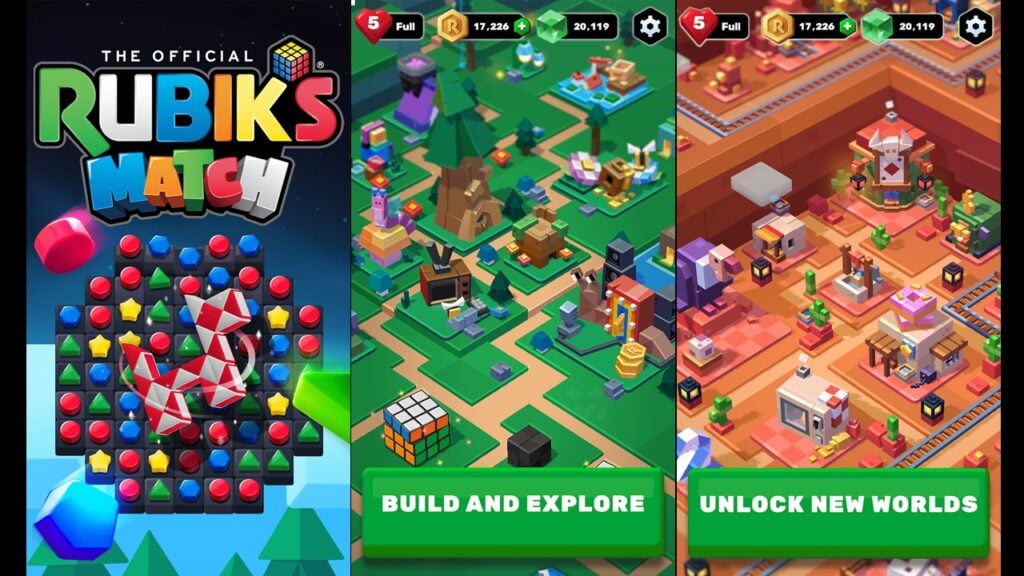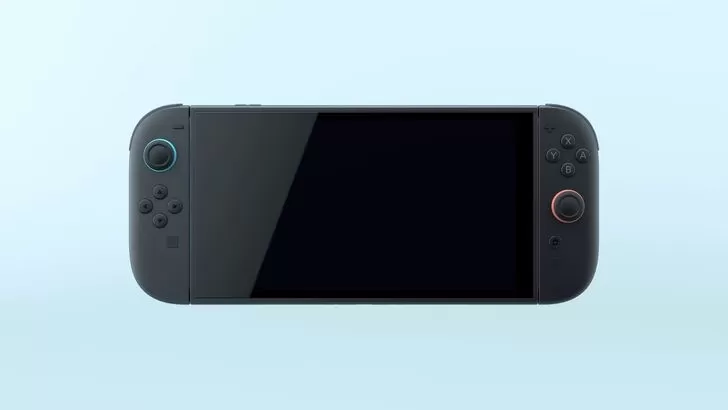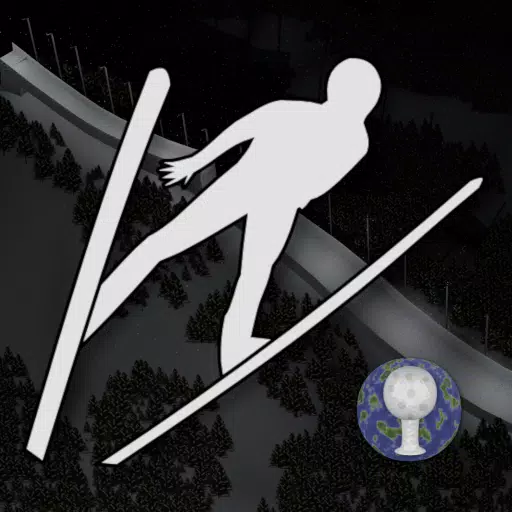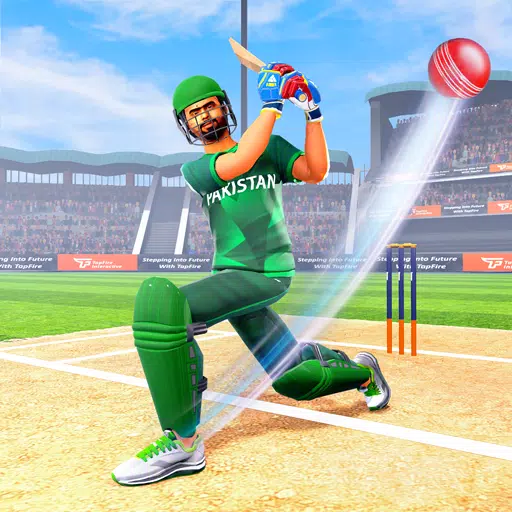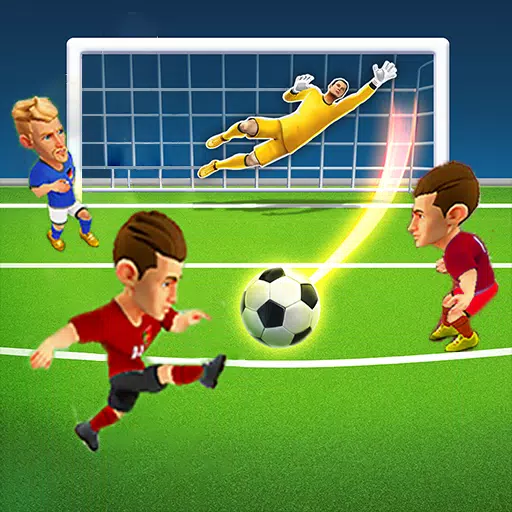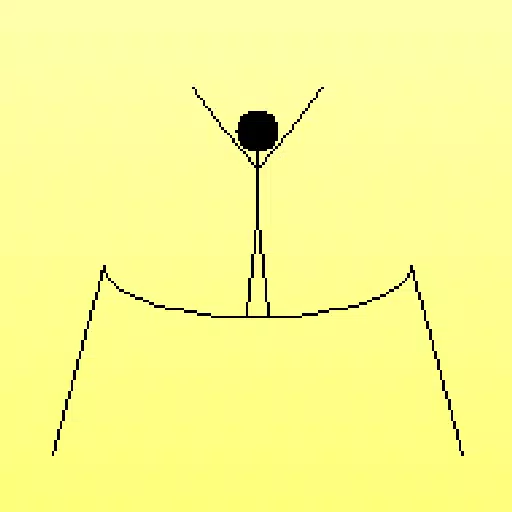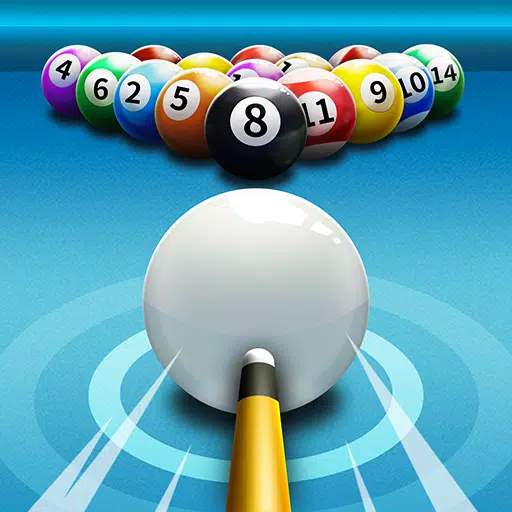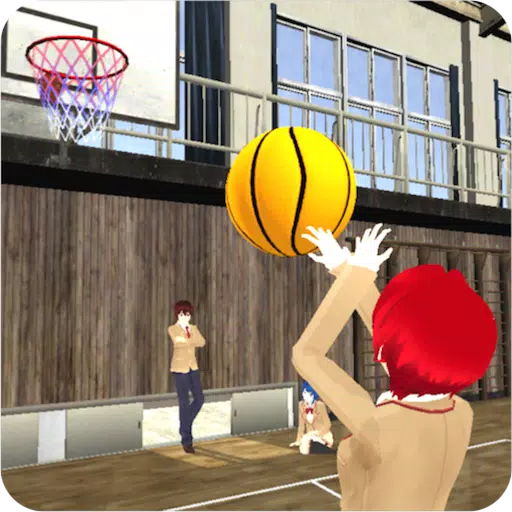"Blades of Fire: Exclusive First Look"
When I sat down to play developer MercurySteam's latest project, Blades of Fire, I anticipated a nostalgic return to the studio's Castlevania: Lords of Shadow roots, refreshed with modern elements akin to God of War. An hour into the game, I found myself immersed in what felt like a Soulslike experience, albeit with a twist where all stats were focused on weapons rather than a traditional RPG character sheet. By the conclusion of my three-hour hands-on session, I realized that my initial impressions were both accurate and misleading: Blades of Fire is built on familiar foundations, yet its unique blend of borrowed elements and innovative ideas offers a fresh and engaging take on the action-adventure genre.
While not a direct clone of Sony Santa Monica's work, it's easy to draw comparisons at first glance. Blades of Fire shares a dark fantasy setting, powerful strikes, and a third-person camera that keeps you close to the action, reminiscent of Kratos' Norse adventures. The parallels are evident: during the demo, I navigated a maze-like map filled with treasure chests, accompanied by a young companion who aided in puzzle-solving. Together, we searched for a mysterious woman living in a house mounted on a giant creature. The game sometimes feels a bit too familiar, particularly when you consider the many influences borrowed from FromSoftware, such as anvil-shaped checkpoints that not only replenish your health potions but also respawn enemies.
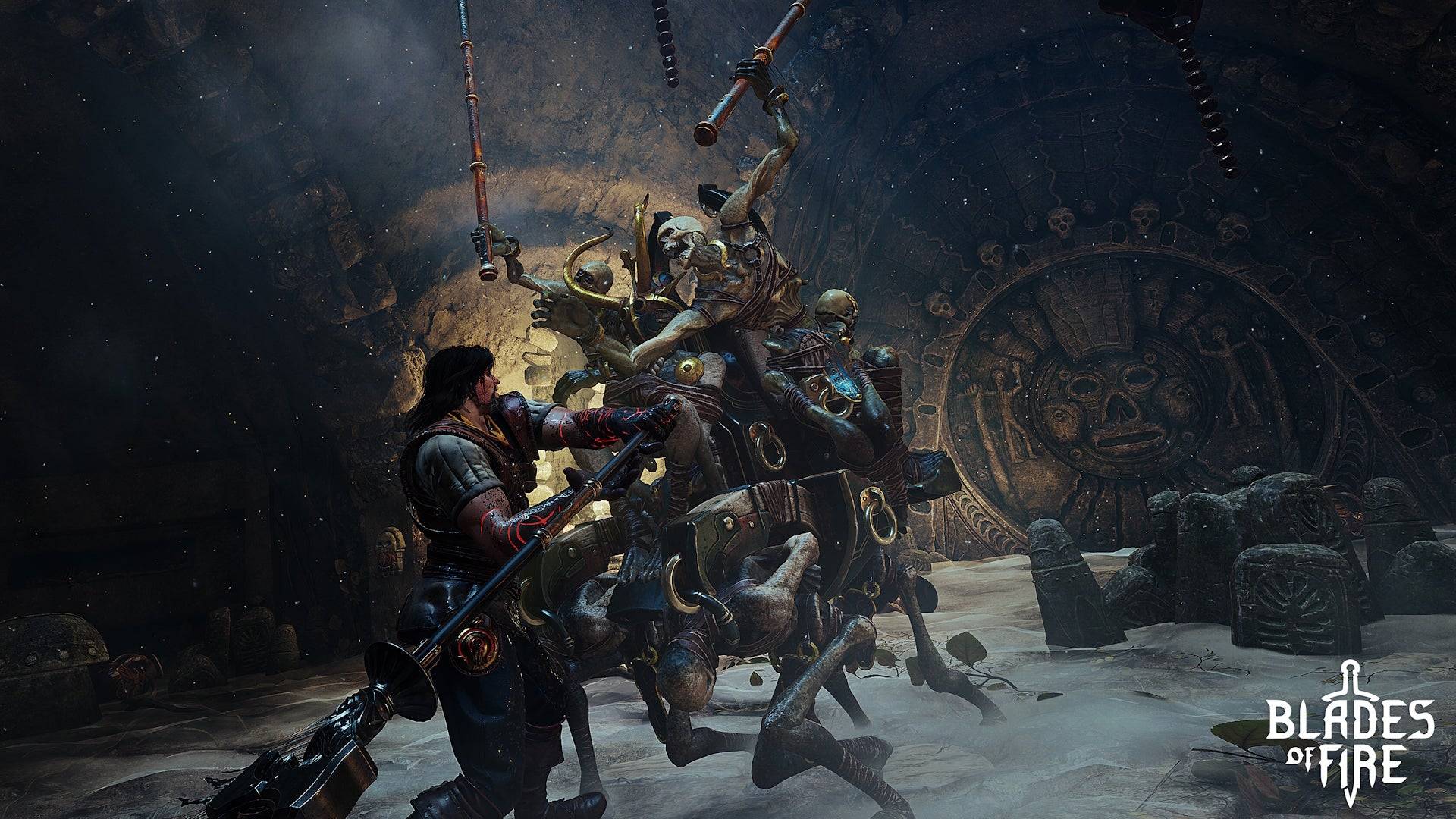
The game's world evokes a distinct 1980s fantasy aesthetic. You can easily picture Conan the Barbarian fitting in with its muscular soldiers, while orangutan-like enemies bouncing on bamboo pogo sticks wouldn't seem out of place in Jim Henson's Labyrinth. The narrative also carries a retro feel, with an evil queen turning steel into stone, and you, Aran de Lira, a blacksmith demigod, tasked with restoring the world's metal. However, the story, characters, and writing may not hold up as compellingly as the gameplay, often feeling overly reminiscent of many forgotten Xbox 360 era tales.
The game's mechanical strengths shine through, much like those classic titles. Blades of Fire features a combat system based on directional attacks, utilizing every face button on the controller. On a PlayStation pad, for instance, triangle targets the head, cross the torso, while square and circle swipe left and right. By reading an enemy's stance, you can use these attacks to break their defenses. For example, a soldier protecting their face with a blade can be defeated by aiming low at their gut, resulting in satisfyingly visceral effects, with blood erupting from the inflicted wounds.
The combat system truly excels in certain moments. The demo's first major boss, a slobbering troll, had a secondary health bar that could only be depleted after dismembering it. The limb removed depends on your attack angle, allowing you to detach its club-swinging arm with a right-hand strike, effectively disarming your opponent. You can even remove the troll's entire face, rendering it blind and flailing until it regrows its eyes to continue the fight.
Weapons in Blades of Fire require significant attention compared to most games. Interesting nuances enhance the combat staples: stamina, which fuels attacks and dodges, must be manually replenished by holding the block button rather than regenerating automatically. While these innovations give Blades of Fire a unique combat feel, the overall battle atmosphere remains undeniably reminiscent of Souls games. Attack pattern recognition and tight dodge/block/parry windows are central to the gameplay, offering a similar sense of risk and reward, though the penalties are less severe. This can trigger your FromSoft muscle memory, but it won't help here; the directional attack system requires a different control setup, with blocking reassigned to the left trigger.
After adjusting to the new controls, I found the unique elements overshadowing the Souls-like influences, resulting in a refreshingly different combat experience. The core damage system is enhanced by a smart weapon system that allows different stances: slashing with the sharp edge or thrusting with the pointed tip. As with the directional system, assessing your enemy and using HUD prompts is crucial to determine the most effective approach.
Blades of Fire Screenshots
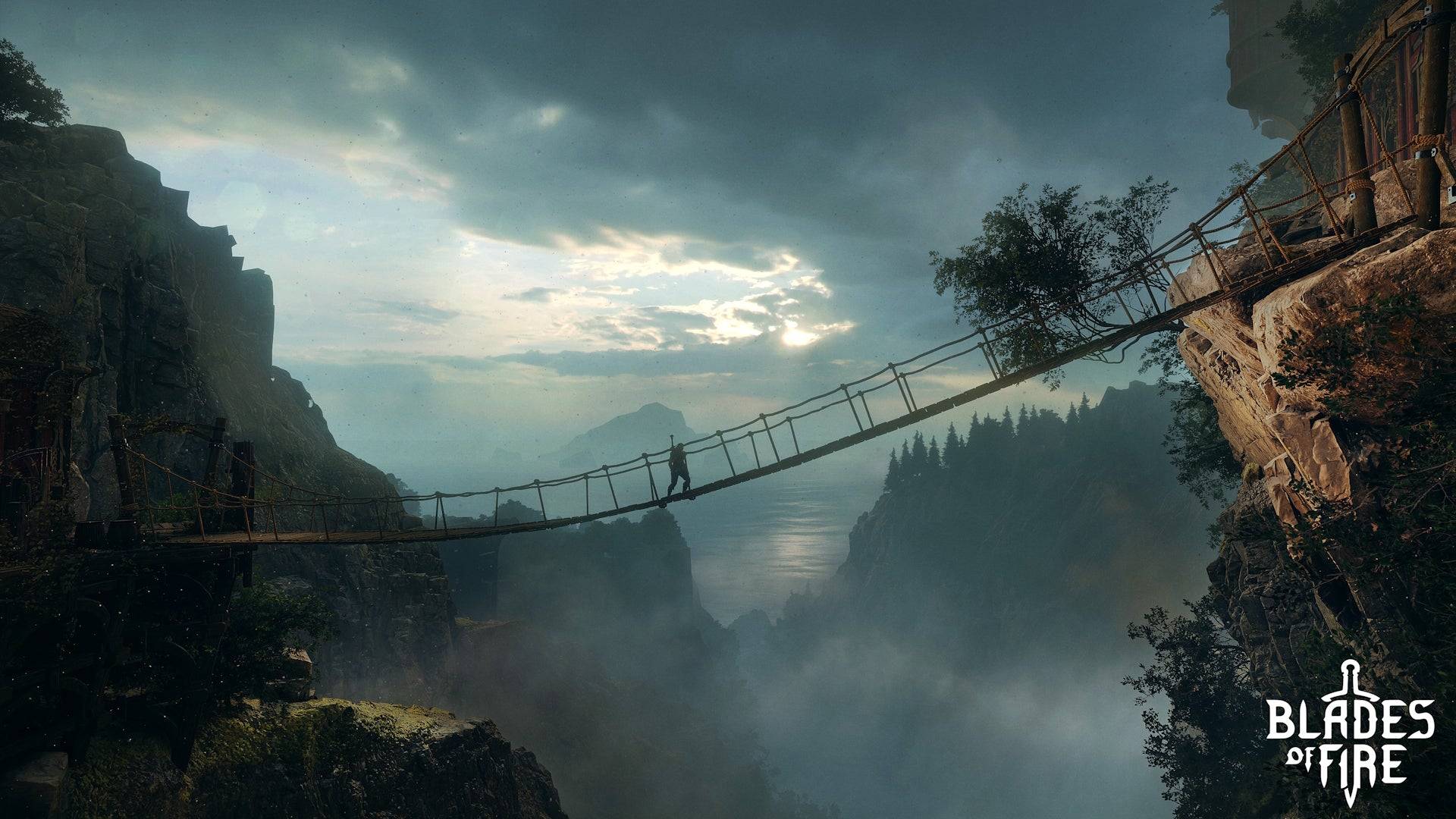
 9 Images
9 Images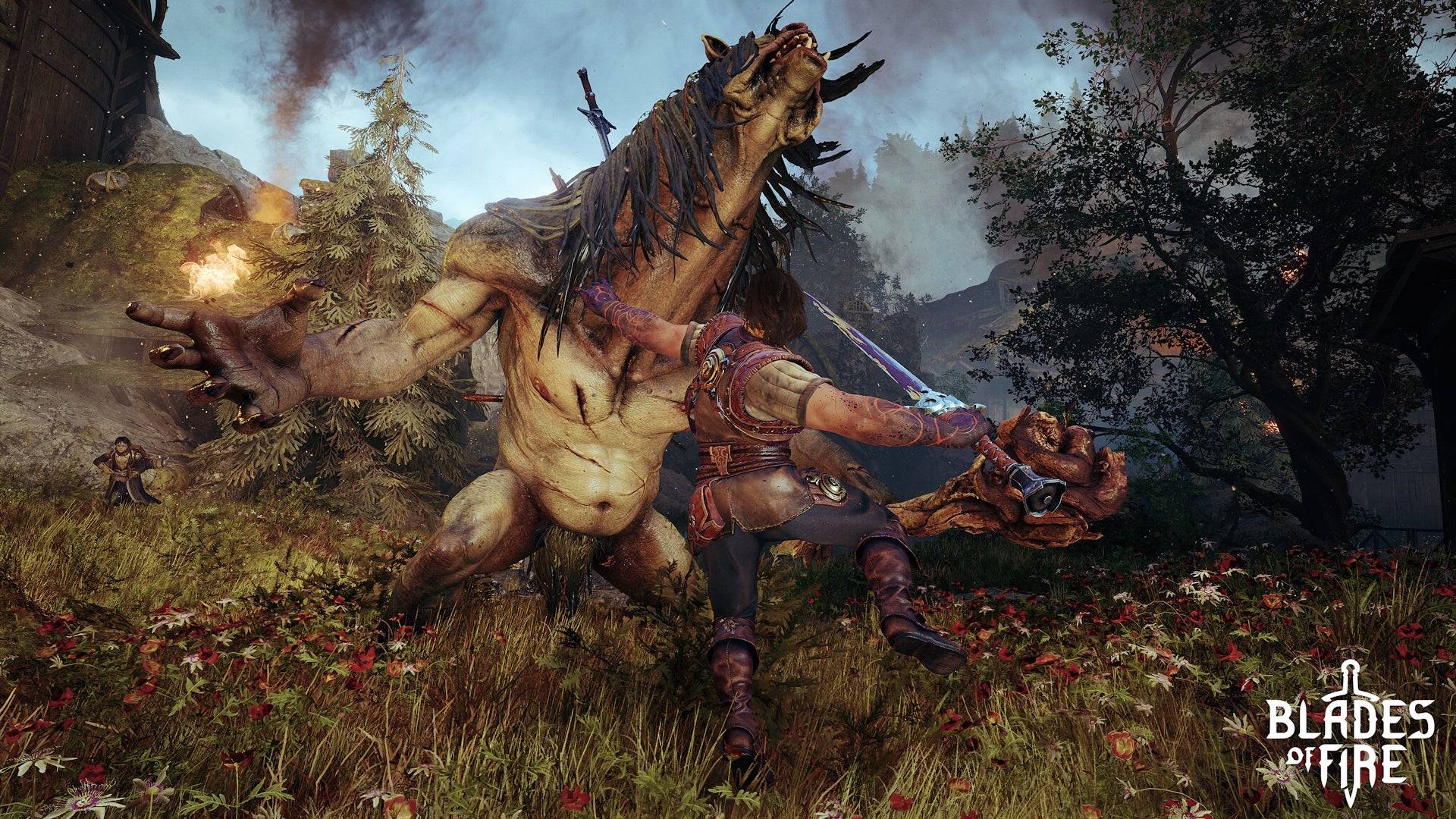

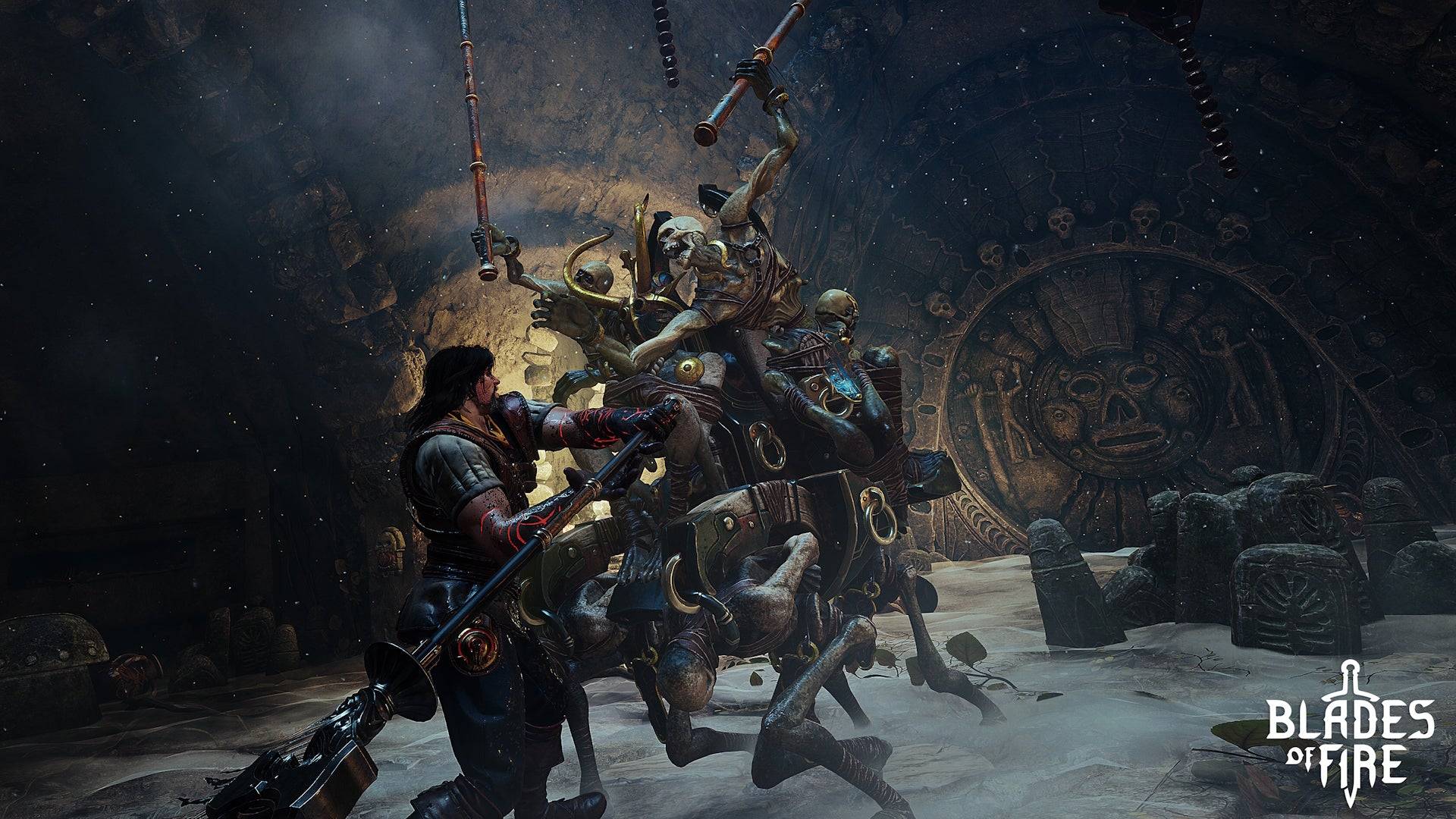
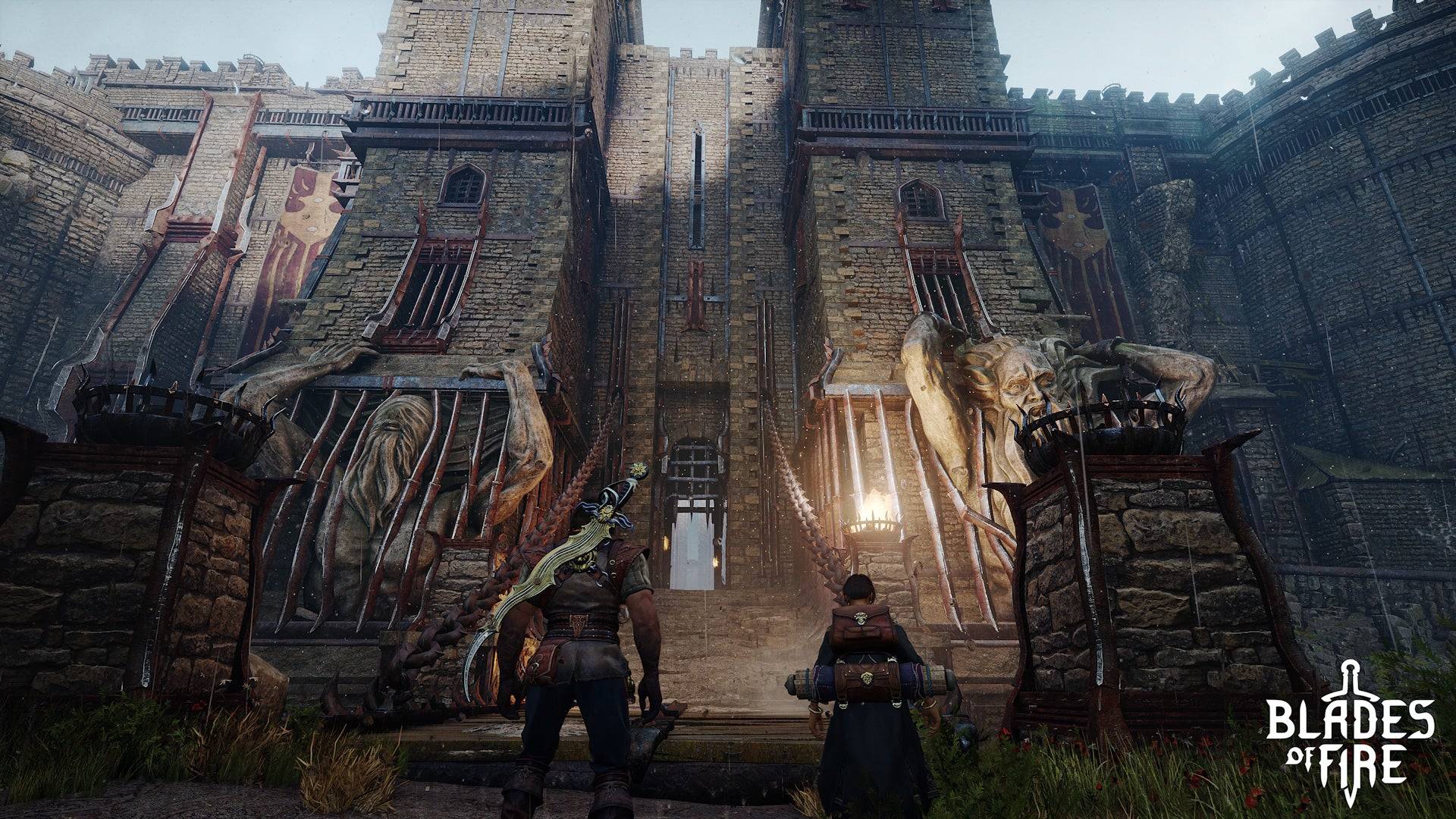
The heart of Blades of Fire lies in its weapons, which demand meticulous care. Edged weapons dull with use, causing each subsequent strike to deal slightly less damage. Over time, this effect accumulates, necessitating the use of a sharpening stone or switching stances, as the edge and tip wear independently. This mechanic underscores the tangible nature of the weapons, influenced by your fighting style.
Similar to Monster Hunter, you must find moments during combat to sharpen your sword. However, every weapon has a durability meter that depletes regardless of maintenance. When a weapon shatters, you can repair it at an anvil checkpoint or melt it down to craft a new one, showcasing Blades of Fire's most distinctive feature: the forge.
MercurySteam has developed an extensive weapon crafting system. Instead of finding new weapons in the world, every weapon starts its life in the forge. You begin by selecting a basic weapon template, which Aran sketches on a chalkboard. From there, you can customize and modify the design. For instance, when crafting a spear, I adjusted the pole length and spearhead shape, which directly affected the weapon's stats: a longer pole increased range, while the head's shape determined its effectiveness for slashing or piercing. Different materials impact weight, influencing stamina demands, creating a genuine sense of crafting. You can even name your creation.
The crafting process doesn't end with design; you must then physically hammer the metal on an anvil. This involves a detailed minigame where you control the length, force, and angle of each hammer strike. A curved line on the screen represents the ideal shape, and you align vertical bars to match it, akin to a graphic equalizer. Overworking the steel results in a weaker weapon, so the goal is to achieve the line with minimal strikes. Your performance is rated with stars, determining how often you can repair your weapon before it's lost forever.
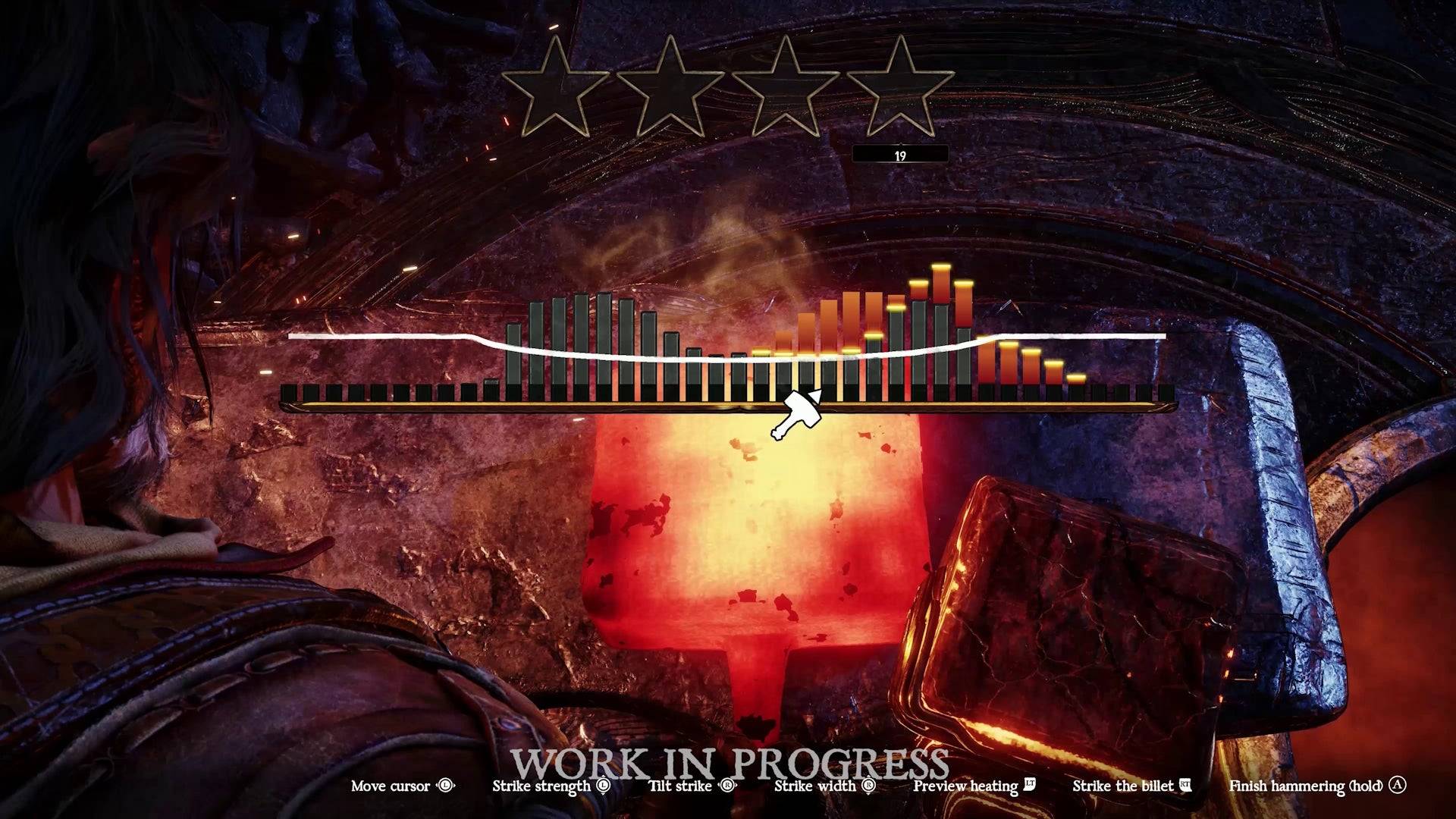
I appreciate the forge concept and its addition of skill to what is typically a menu-based system. However, after multiple sessions, the minigame felt frustratingly unclear. There was no evident link between where I struck and the resulting metal shape. Hopefully, improvements or a better tutorial will be included before the game's release, ensuring that Blades of Fire's standout feature isn't hindered by frustration.
The forge's core idea extends beyond the demo's scope. MercurySteam aims for players to form a deep connection with their crafted weapons, carrying them throughout a journey that the developer claims will last "no less than 60-70 hours." As you explore and discover new metals, you can reforge your swords, axes, hammers, and spears to enhance their properties, ensuring they remain suitable for increasingly challenging encounters. This bond with your weapons is reinforced by the death mechanic: upon dying, you drop your current weapon and respawn without it.
AnswerSee ResultsThis mechanic echoes Dark Souls, but it fosters a more profound connection: while lost souls can be regained through combat, a meticulously crafted sword is irreplaceable. Thankfully, dropped weapons remain in the world indefinitely, challenging you to retrieve them. I'm eager to see how this dynamic unfolds over the full campaign and whether backtracking will allow you to reconnect with weapons from earlier in your journey, reforging and rekindling your bond.
It's no surprise that MercurySteam has adopted multiple elements from Dark Souls and its counterparts. This is partly due to FromSoftware's significant impact on action games, but also because Blades of Fire serves as a spiritual successor to Blade of Darkness, an early 2000s game developed by MercurySteam's founders and considered a precursor to the Souls series by its cult following. In essence, the developers are continuing from where they left off, integrating advancements made by other studios during their hiatus from the genre.
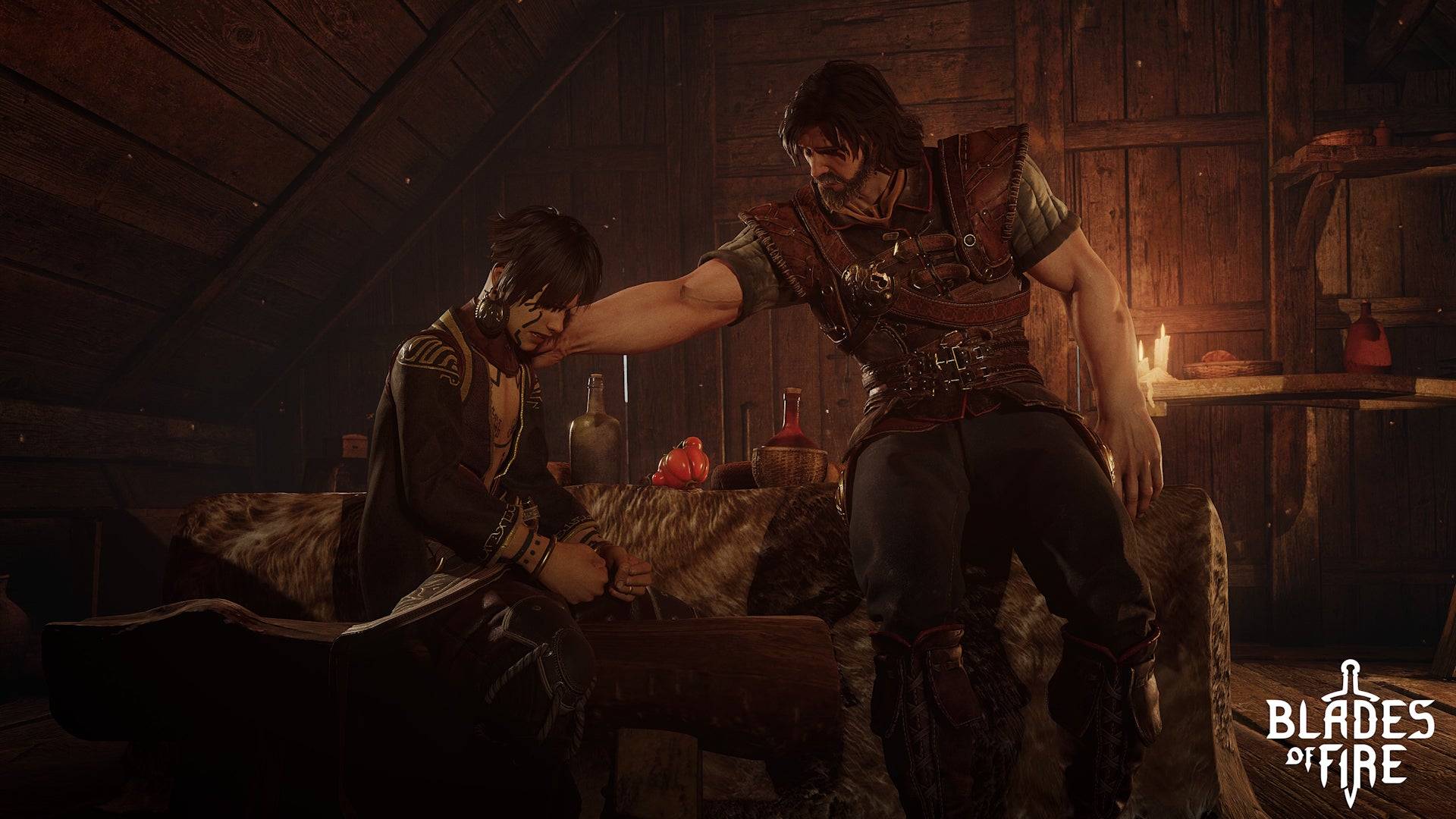
Throughout my playtime, I felt the pull of MercurySteam's various influences—the brutal combat of their earlier work, FromSoft's innovations, and God of War's world design. Yet, these elements don't define Blades of Fire. Instead of mimicking a Soulslike or a God of War-like, these established systems have been reimagined within a broader canvas of ideas. Blades of Fire has crafted its own unique recipe, distancing itself from its clear gaming inspirations.
I have some reservations about the game. I'm uncertain if the somewhat generic dark fantasy setting can sustain a 60-hour adventure, and having faced the same gatekeeping miniboss three times in three hours raises questions about the variety offered. However, the depth of the relationship between your forged blades and the enemies you confront has me thoroughly intrigued. In an era where complex and often obtuse games like Elden Ring and Monster Hunter have achieved mainstream success, Blades of Fire has the potential to add something captivating to the gaming landscape.
-
1
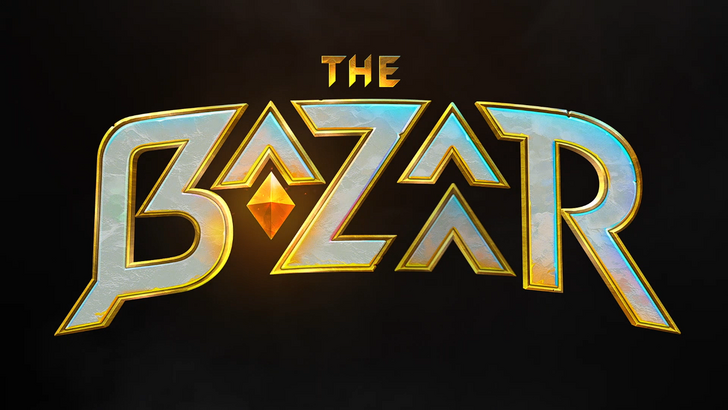
Announcing the Bazaar Release: Date and Time Unveiled
Feb 02,2025
-
2

Andrew Hulshult 2024 Interview: DOOM IDKFA, Blood Swamps, DUSK, Iron Lung, AMID EVIL, Music, Guitars, Cold Brew Coffee, and More
Jan 07,2025
-
3
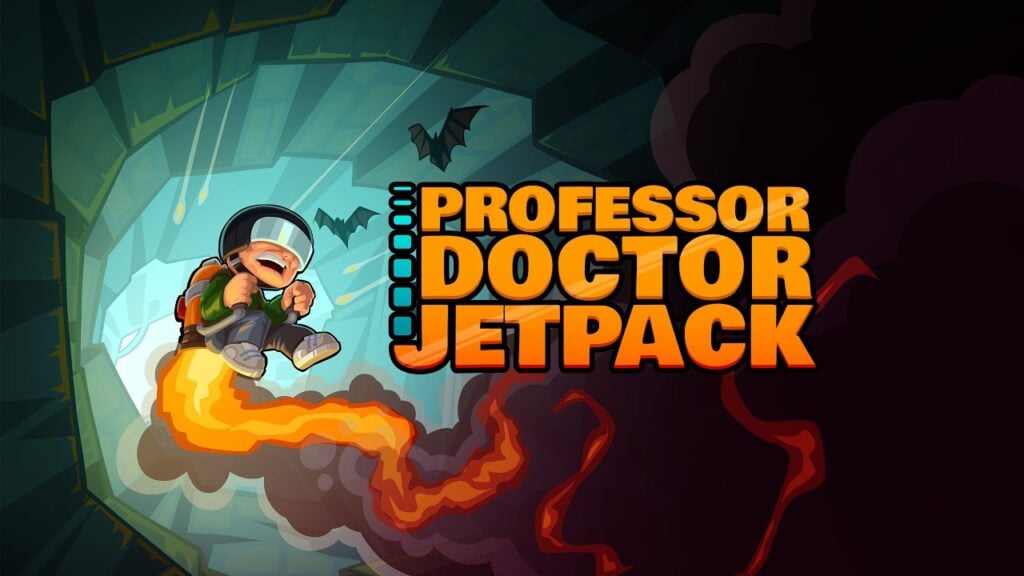
Professor Doctor Jetpack is a Pixel Art Precision Platformer Now Out on Android
Dec 30,2024
-
4
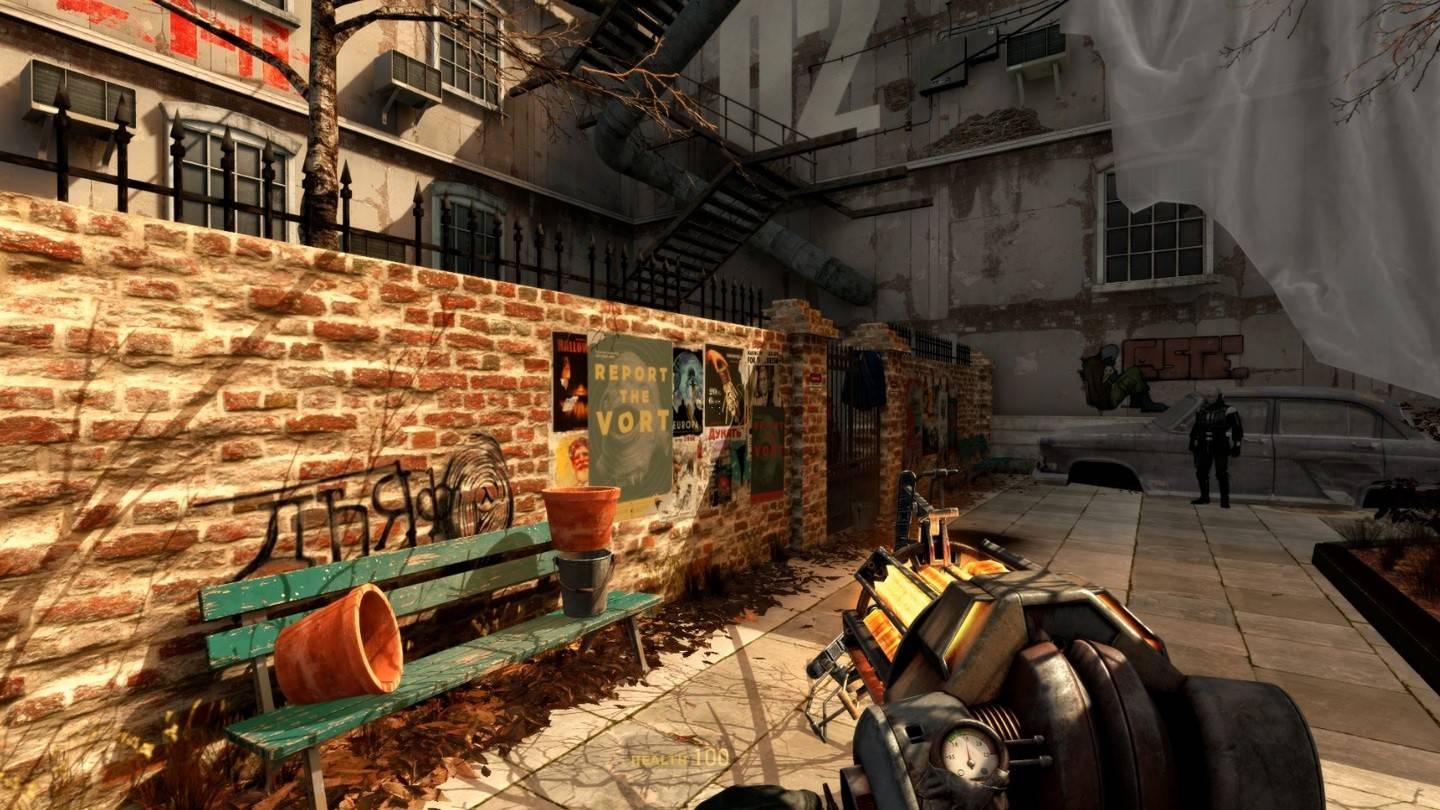
A demo of the fan-made sequel Half-Life 2 Episode 3 Interlude has been released
Jan 05,2025
-
5
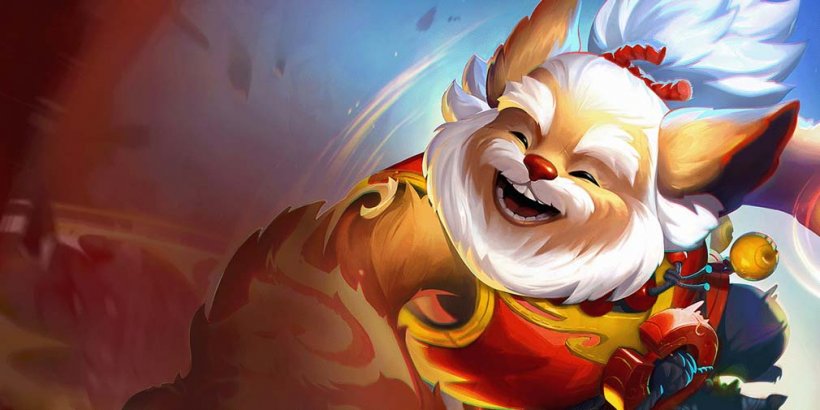
Teamfight Tactics 14.14 Patch Notes: Inkborn Fables Finale
Jan 11,2025
-
6

Android Welcomes Virtual Pet Haven: Pet Society Island
Jan 09,2025
-
7

Switch 2: Summer 2024 Launch Expected
Dec 11,2024
-
8

Sword Master Story Is Celebrating Its 4th Anniversary with Tons of Freebies!
Jan 09,2025
-
9
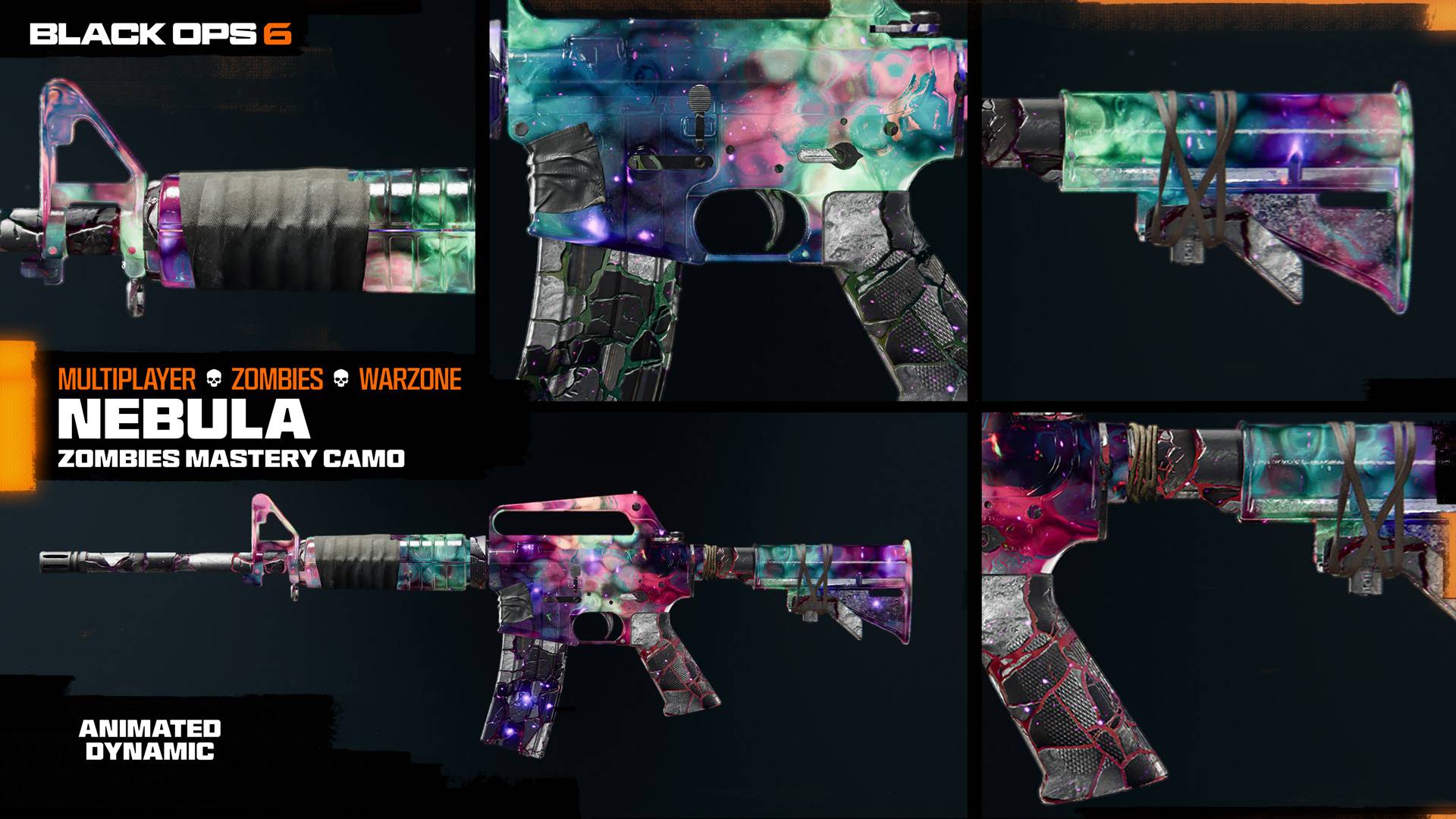
All Camo Challenges in Call of Duty: Black Ops 6 Zombies
Jan 05,2025
-
10
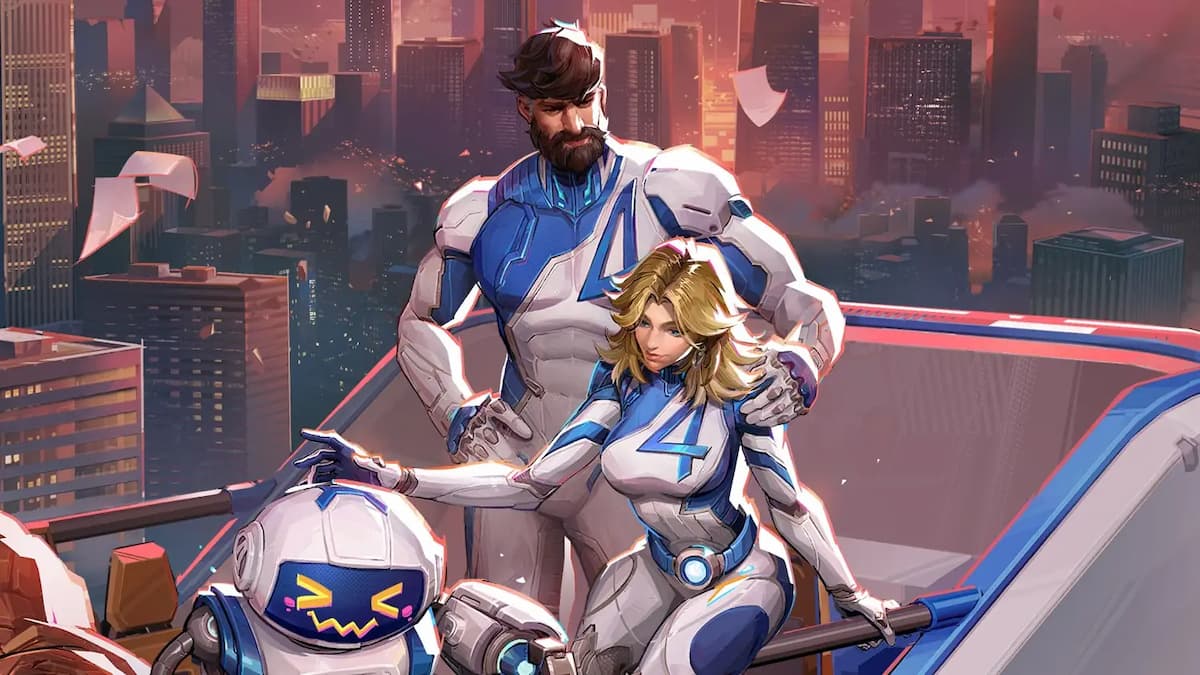
Marvel Rivals Unveils Season 1 Release Date
Feb 02,2025
-
Download

Ben 10 A day with Gwen
Casual / 47.41M
Update: Dec 24,2024
-
Download

A Simple Life with My Unobtrusive Sister
Casual / 392.30M
Update: Dec 10,2024
-
Download
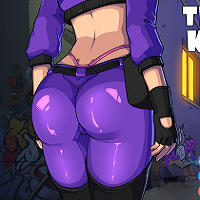
The Lewd Knight
Casual / 1210.00M
Update: Jan 02,2025
-
4
Kame Paradise
-
5
Chumba Lite - Fun Casino Slots
-
6
Little Green Hill
-
7
I Want to Pursue the Mean Side Character!
-
8
Evil Lands: Online Action RPG
-
9
Lost Fairyland: Undawn
-
10
Hero Clash

